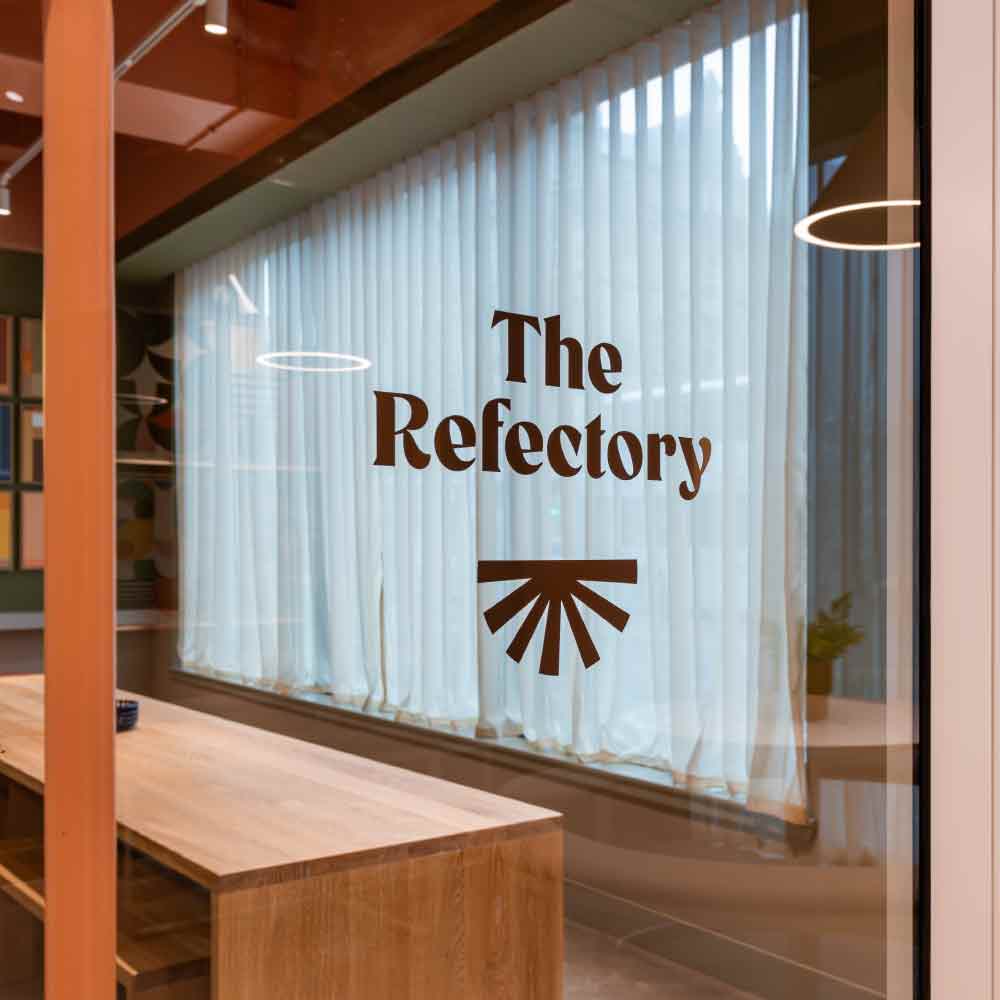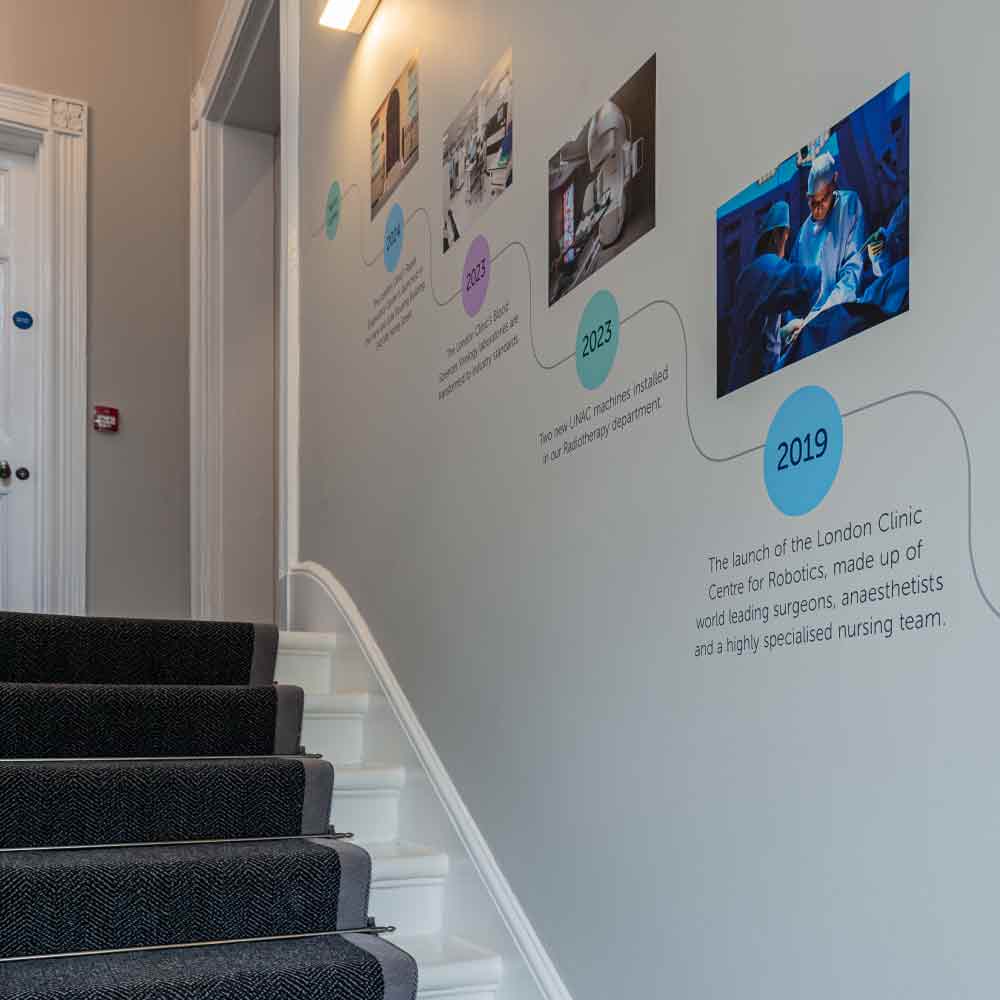Architectural signage rollouts, whether it is an individual sign or hundreds across multiple locations, all follow a similar process. These phases cover the range of activities that contribute to a successful signage rollout:
- Determining the objectives
- Researching and planning
- Designing
- Production
- Delivery and installation
- Post-installation phase
In this article we’ll explain what each of these phases entails and how working with an architectural signage company such as xsign, facilitates a smooth rollout.
Determine the objectives of signage
Signage comes in many forms and has different purposes, so it is important to understand the role your signage needs to play from the start. This will help with design, positioning, and budgetary elements of the project.
Here are two examples of signage projects with different objectives. First, an individual exterior sign to identify a business during the day, has a clear objective – highlight the business using their logo and grab attention of passers-by.
On the other hand, signs that give directions and information signs situated across a large university campus will have more purpose and objectives. The objectives of that signage project may be to improve wayfinding across the campus, with a particular focus on upgrading campus security with night illumination, improving accessibility for students who use wheelchairs, and using sustainable materials in accordance with a new green charter.
With these two examples in mind, it is possible to see how the objectives may have an impact on budget, timescale, design, manufacturing process, material selection, positioning, and planning permission. Large scale projects may also mean involving a variety of stakeholders such as campus security, disability advocates, and the university sustainability team, to ensure that everyone’s interests are being met by the project.
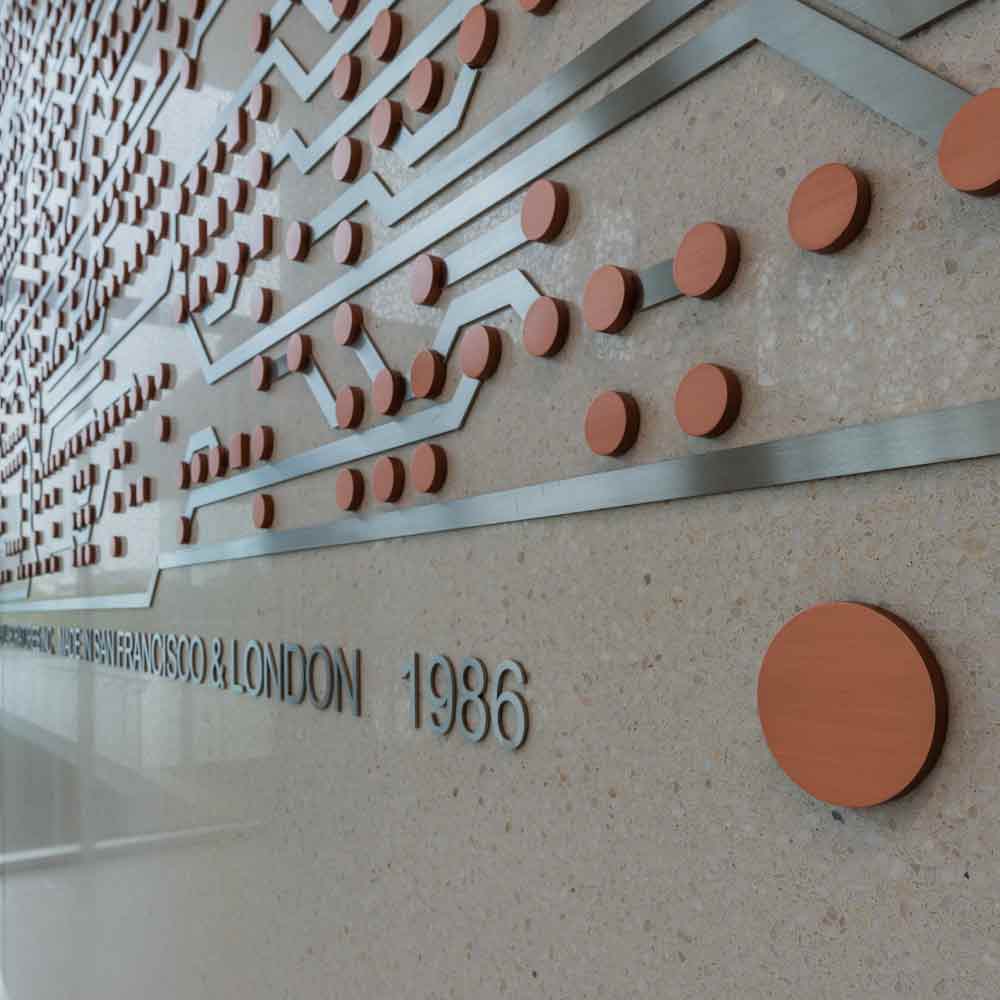
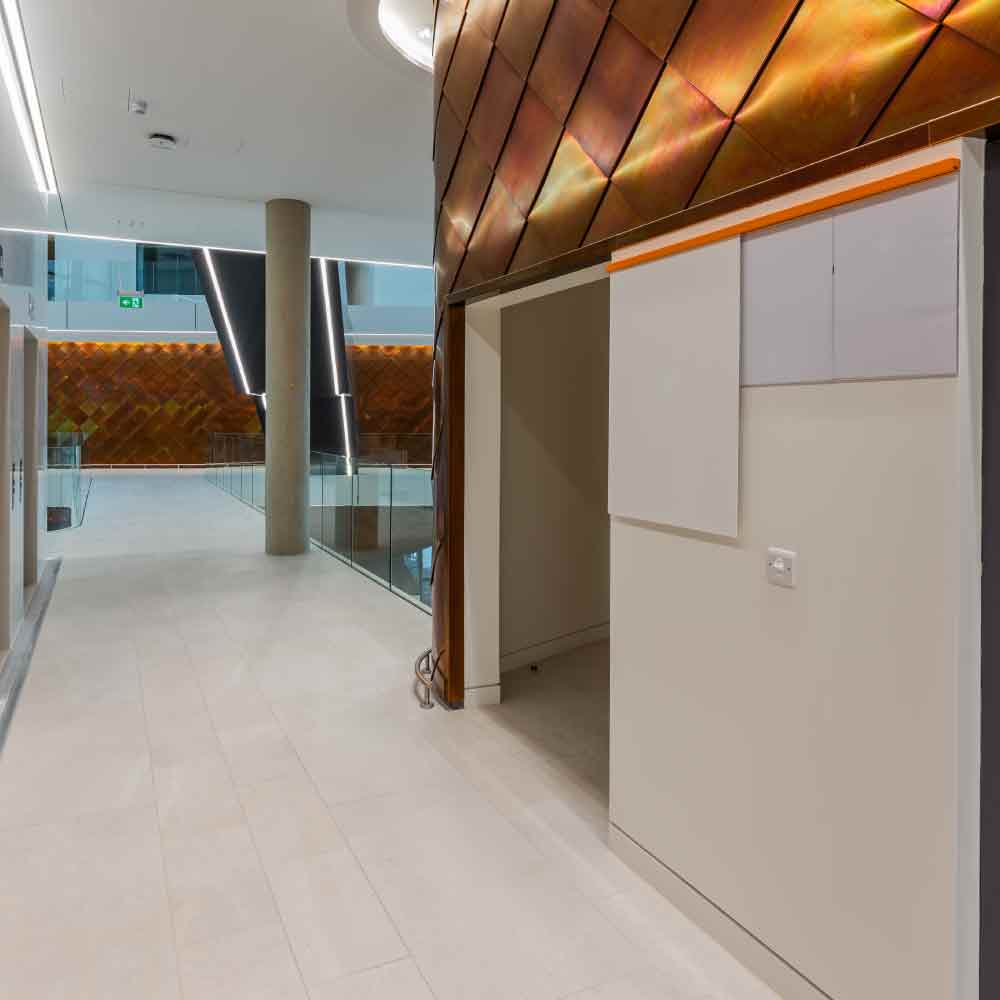
Researching and planning phase
With the purpose and objectives determined, the next phase is vital to ensure that installation and delivery go smoothly. This is when your signage company will conduct site surveys and assess the ideal placements for the signs, taking structural integrity, electrical wiring, water and gas pipes, and many other factors into account. Site surveys and floor plans help to ensure that the installation phase isn’t delayed.
Checking for legal restrictions and getting permits for delivery and installation is also started at this point. Some areas have restrictions on lighting and height or require signs to meet a certain environmental standard. If the signs will be installed on a construction site, xsign work with contractors at the site to agree an installation date and access for the correct equipment.
How are signs designed?
Designing architectural signage is both an artistic and scientific discipline that blends knowledge of materials, technology, physics, and aesthetics. During the design phase you can expect your signage designers to think about:
- Your branding
- The environment the signs will be in
- The climate for exterior signs
- Message of each sign and how it fits into the overall scheme
- How long manufacturing will be
- What materials can be used
- Language and wording
- Legal and accessible standards
- Typography, pictograms, and colours
- How each sign will be mounted securely
- Proofing and checking internally and with the client
There are so many factors that influence each other during the design phase that it is a complex process. However, the benefits of professionally designed architectural signage are significant.
Signage manufacturing stage
Once signage design concepts have been approved, our skilled fabricators use a range of machinery and software, as well as hands-on crafting, to manufacture and build the signage. At xsign, we have a range of state-of-the-art, innovative sign-making equipment and technology in-house, from 3D printers to CNC cutters.
Many of our signs are carefully finished by hand to ensure the highest quality craftmanship and durability.
The design, materials, and scale of a project can all have an impact on how long the manufacturing process takes. We manage timescales and expectations from the beginning of the project, and where possible, source materials closer to our factory to prevent delays on delivery.
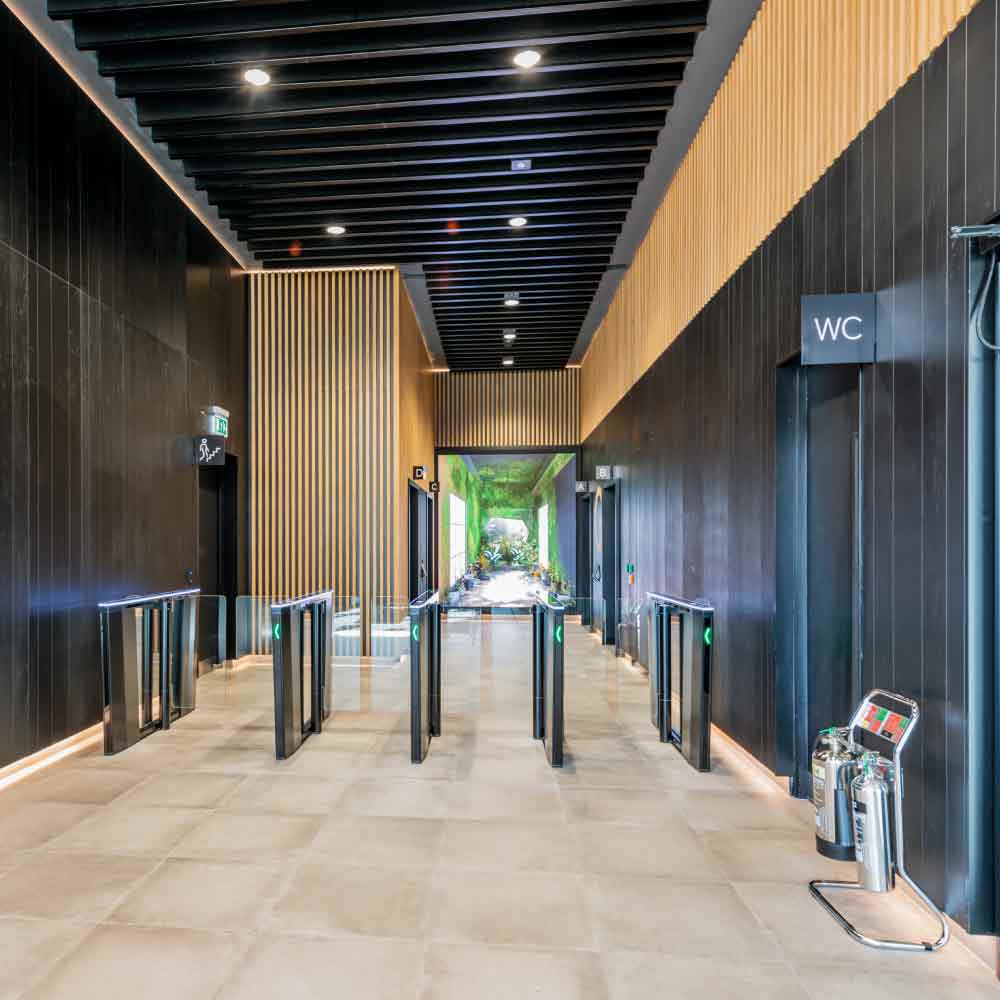

Signage delivery and installation phase
The final stage of a signage project involves several smaller phases:
- Exporting/importing process (if required)
- Delivery
- Installation
- Testing
Our global projects require a more complex delivery process that includes navigating the export/import procedures of different countries if necessary. Regardless of the destination, secure packaging and suitable transport is chosen from our trusted partners.
Installation of our signage projects is usually undertaken by our team of engineers. In some circumstances, for example some building sites, global destinations, or because of health and safety, we use certified contractors for installations.
Signs that have electrical components such as display screens or lights are always subject to thorough testing before the installation is signed off.
Post-installation phase
After each installation we seek feedback from our clients so we can learn from their experience and make improvements when needed. At xsign, we don’t see the physical installation as the end of our relationships with clients, it is important to us that they are completely happy with the whole process and that if there are any lessons to learn on our behalf, we have fully embraced them.
When the client has expressed their satisfaction, we will visit the site once again to take photos of the finished signage project. These images become part of a case study we build for each project that describes the designs and materials. Signage case studies showcase our talented team and help inspire new clients.
Managing a signage rollout is more than delivering a sign on time. At xsign we pride ourselves on facilitating a stress-free and creativity-focused signage rollout, which achieves business goals within budget and inspires others to appreciate the benefits of architectural signage. Contact xsign now to learn how easy it is to get started with your next signage project.
